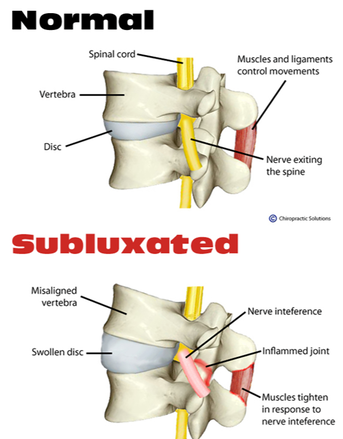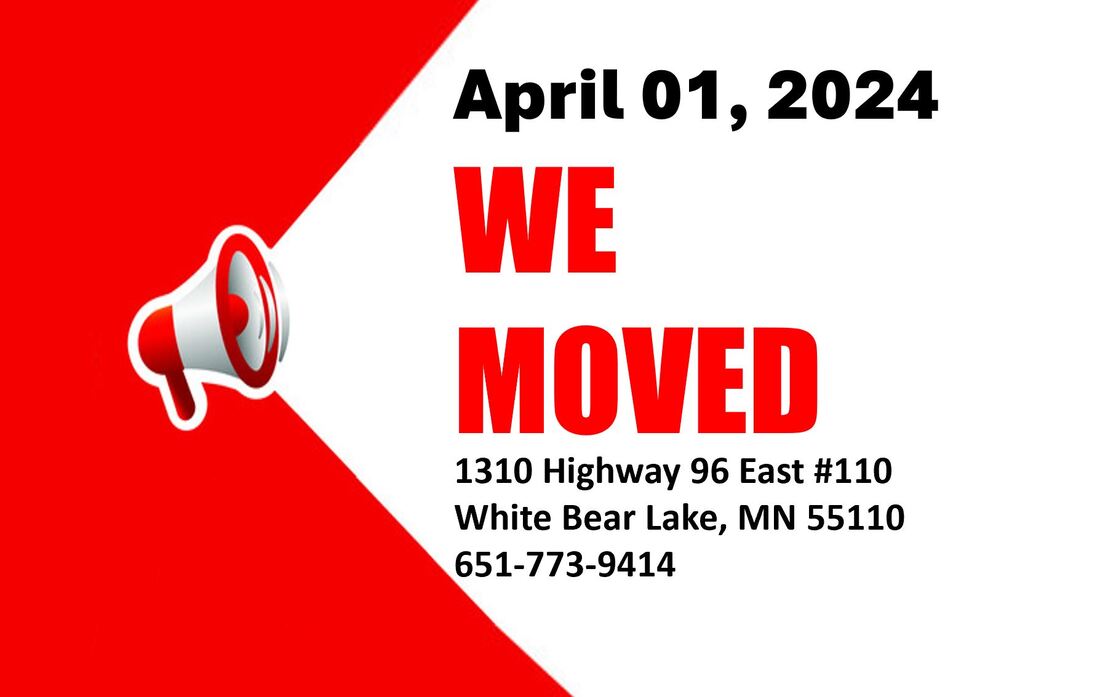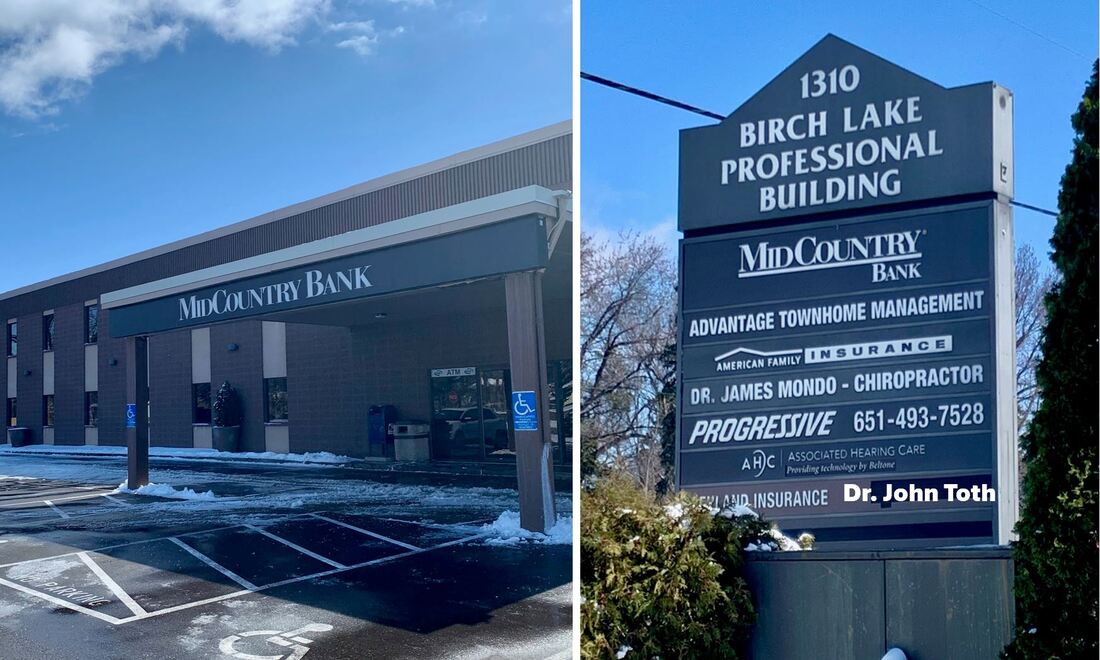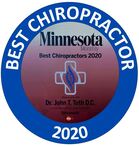- Home
- Special Offer
- Meet the Team
-
What We Treat
- Arthritis
- Auto Accident Injuries
- Back Pain
- Balance and Gait Disorders
- Bulged and Herniated Disc
- Fibromyalgia
- Chronic Pain
- Dizziness and Vertigo
- Elbow, Wrist and Hand
- Foot and Ankle Pain
- Headaches and Migraines
- Hip and Knee Pain
- Neck Pain
- Neurological Conditions
- Planter Fascitiis
- Posture
- Prenatal and Postnatal Pregnancy
- Repetitive Stress Injuries
- Sciatica and Back Pain
- Scoliosis
- Sports Injuries
- Subluxation
- TMJ Dysfunction
- Upper Back Pain
- Work Injuries
- Services Provided
- Testimonials
- Payments
- Contact Us
- Wellness Blog
- Products
- Exercises
- CHIROPRACTIC BENEFITS
- Home
- Special Offer
- Meet the Team
-
What We Treat
- Arthritis
- Auto Accident Injuries
- Back Pain
- Balance and Gait Disorders
- Bulged and Herniated Disc
- Fibromyalgia
- Chronic Pain
- Dizziness and Vertigo
- Elbow, Wrist and Hand
- Foot and Ankle Pain
- Headaches and Migraines
- Hip and Knee Pain
- Neck Pain
- Neurological Conditions
- Planter Fascitiis
- Posture
- Prenatal and Postnatal Pregnancy
- Repetitive Stress Injuries
- Sciatica and Back Pain
- Scoliosis
- Sports Injuries
- Subluxation
- TMJ Dysfunction
- Upper Back Pain
- Work Injuries
- Services Provided
- Testimonials
- Payments
- Contact Us
- Wellness Blog
- Products
- Exercises
- CHIROPRACTIC BENEFITS










